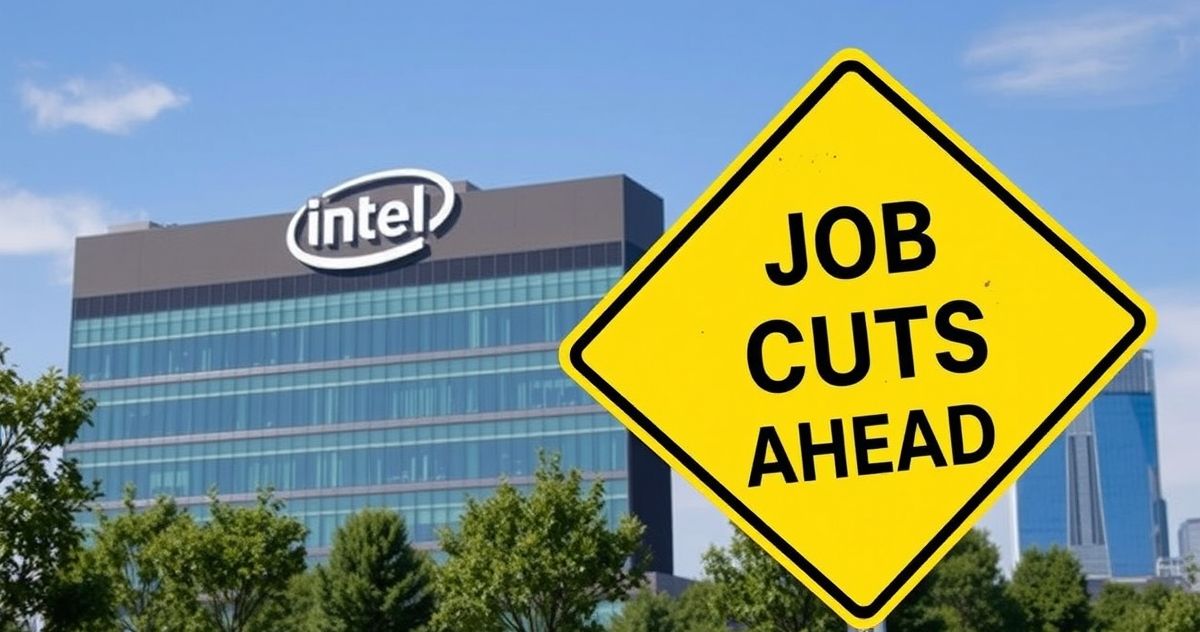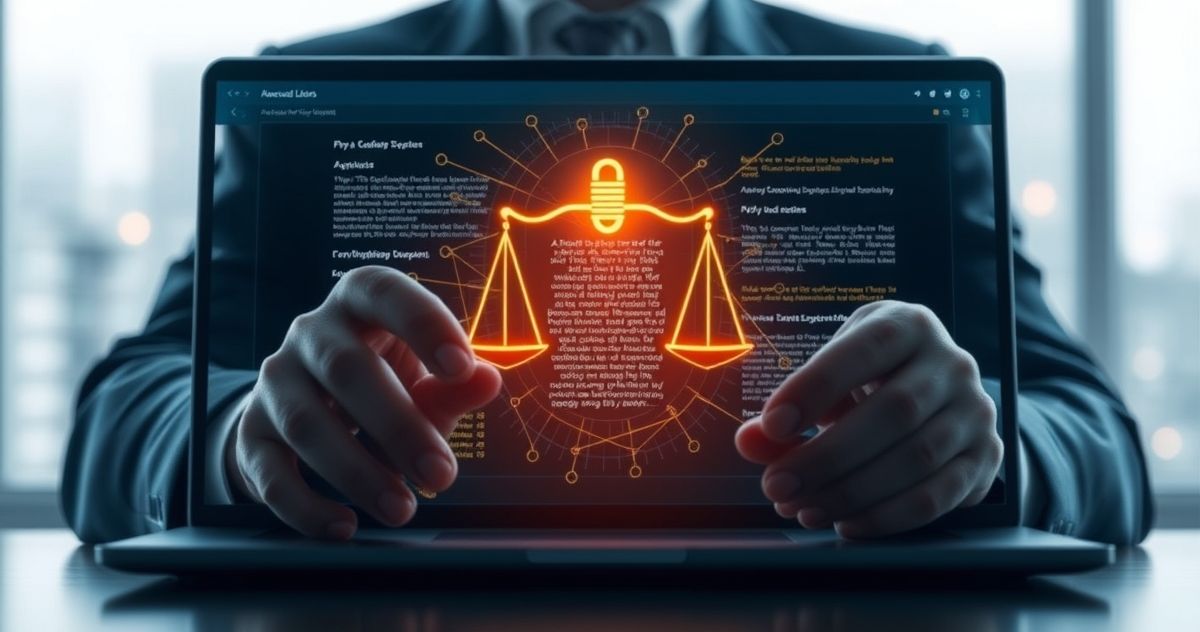Intel layoffs 2025 are making headlines as the tech giant moves to eliminate over 20% of its global workforce—an estimated 21,000 jobs—as part of a sweeping AI-powered restructuring strategy. The announcement came under the leadership of Intel’s new CEO, Lip-Bu Tan, who took the reins in March 2025.
This major workforce shake-up is not just about cutting costs—it’s about repositioning Intel in the increasingly competitive artificial intelligence chip market. Intel’s rivals like Nvidia and AMD have surged ahead, and Tan’s new vision is focused on trimming bureaucracy, doubling down on innovation, and streamlining the organization for faster execution.
Strategic Shift Under New Leadership
Lip-Bu Tan’s appointment marks a strategic turning point for Intel. Recognizing the challenges posed by competitors like Nvidia and TSMC, Tan is steering the company to prioritize innovation and efficiency. The planned workforce reduction targets middle management layers, aiming to eliminate redundancies and accelerate decision-making processes. This restructuring follows a previous 15% workforce reduction in August 2024, part of a $10 billion cost-saving initiative. REUTERS
Implications for the Workforce
The layoffs are expected to have a profound impact on Intel’s workforce, particularly affecting roles in middle management and administrative functions. While the company has not specified which departments will be most affected, the emphasis on an engineering-driven approach suggests a retention of technical and development roles. This move underscores the broader industry trend of leveraging AI and automation to enhance productivity, often at the expense of traditional job roles.
Industry Reactions
Analysts suggest the layoffs are a necessary but painful step in Intel’s transformation journey. The company’s stock saw a slight uptick following the announcement, indicating investor confidence in the new direction.
However, concerns remain about employee morale, innovation continuity, and Intel’s ability to compete against agile rivals already entrenched in the AI chip market.




